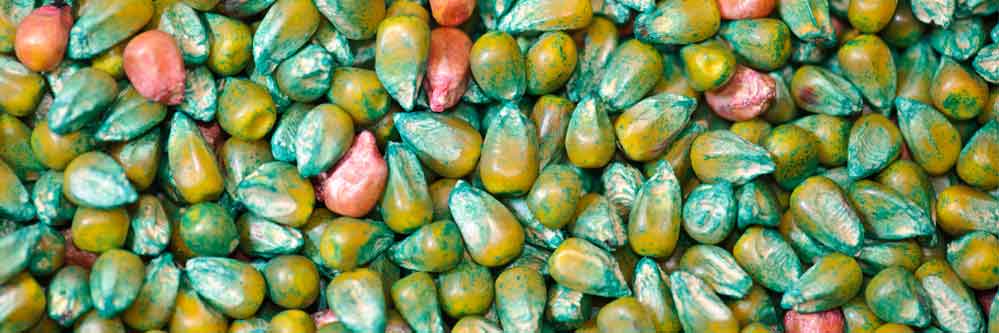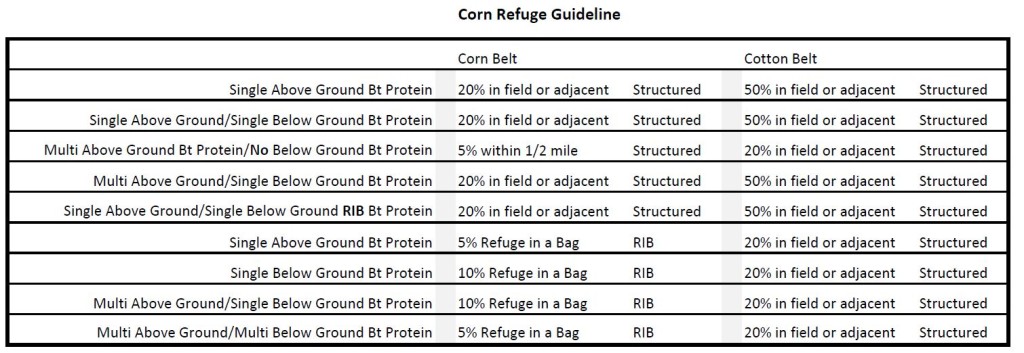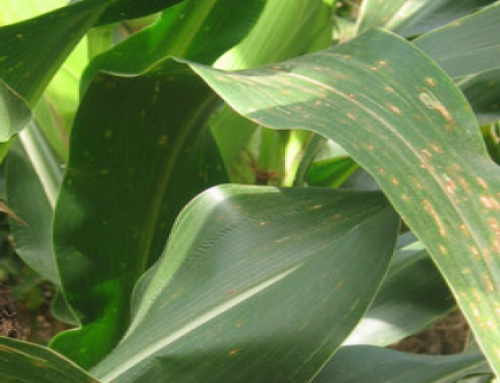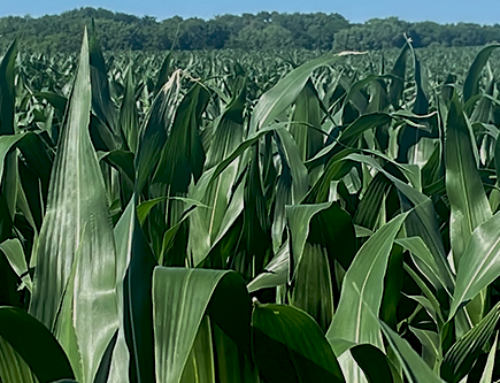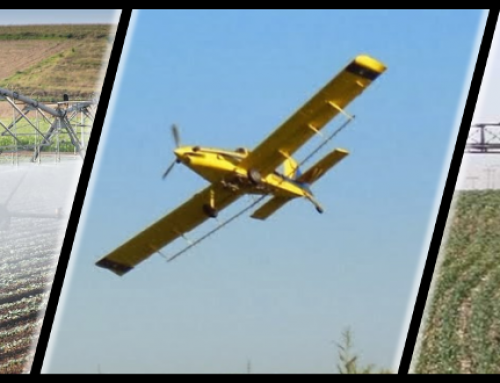Managing and complying with corn refuges is always a challenge. Insect control traits built into the seed has proven to be a great integrated pest management tool for corn growers. The need for refuges is related to resistance management. In order for these traits to have a shelf life, we can’t afford to allow resistant insects to develop as they already have with some of the early traits.
Understanding the different refuge requirements, then incorporating them into your cropping plans is where complying with the regulations can get a little confusing. The different refuge requirements are determined by the type of traits, and number of traits built into the seed. It becomes even more complex when ‘Refuge in a Bag’ – mixing trait seed with non-trait seed is integrated in the same bag. There are different refuge requirements for traits associated with above ground pests versus below ground pests. In most instances, the amount of refuge is determined more by the number of traits for below ground pests.
Rules change again if cotton is prevalent in an area. Due to the need to control resistance of some of the Lepidoptera species in cotton, refuge requirements in corn are larger and structured.
The chart outlines the basics of most refuge requirements that are out there today. It is important to read the information related to refuges for each seed company and for each trait package associated with each hybrid.
It is crucial that this plan is in place prior to sending the planter to the field this spring. Your Crop Quest Agronomist can assist you in planning your refuge requirements, and sort out the different options.
Featured image by: Mark Moore, Moore Communications
